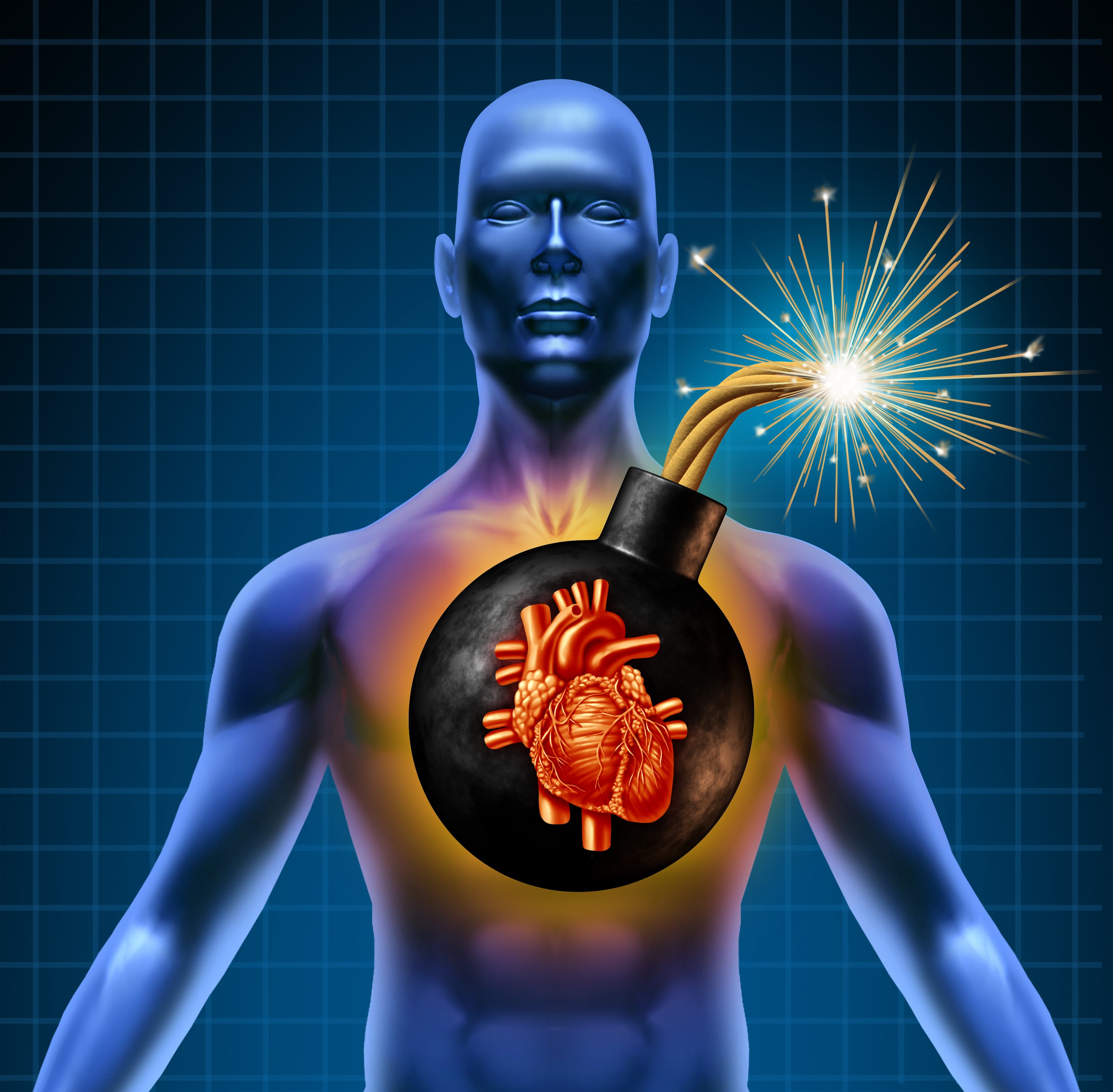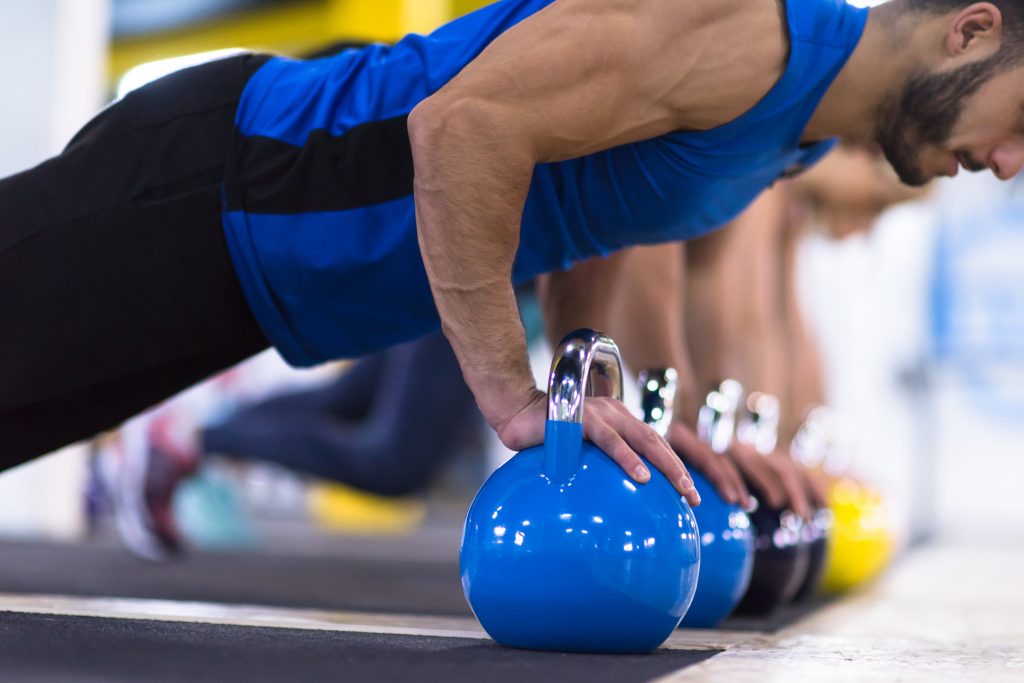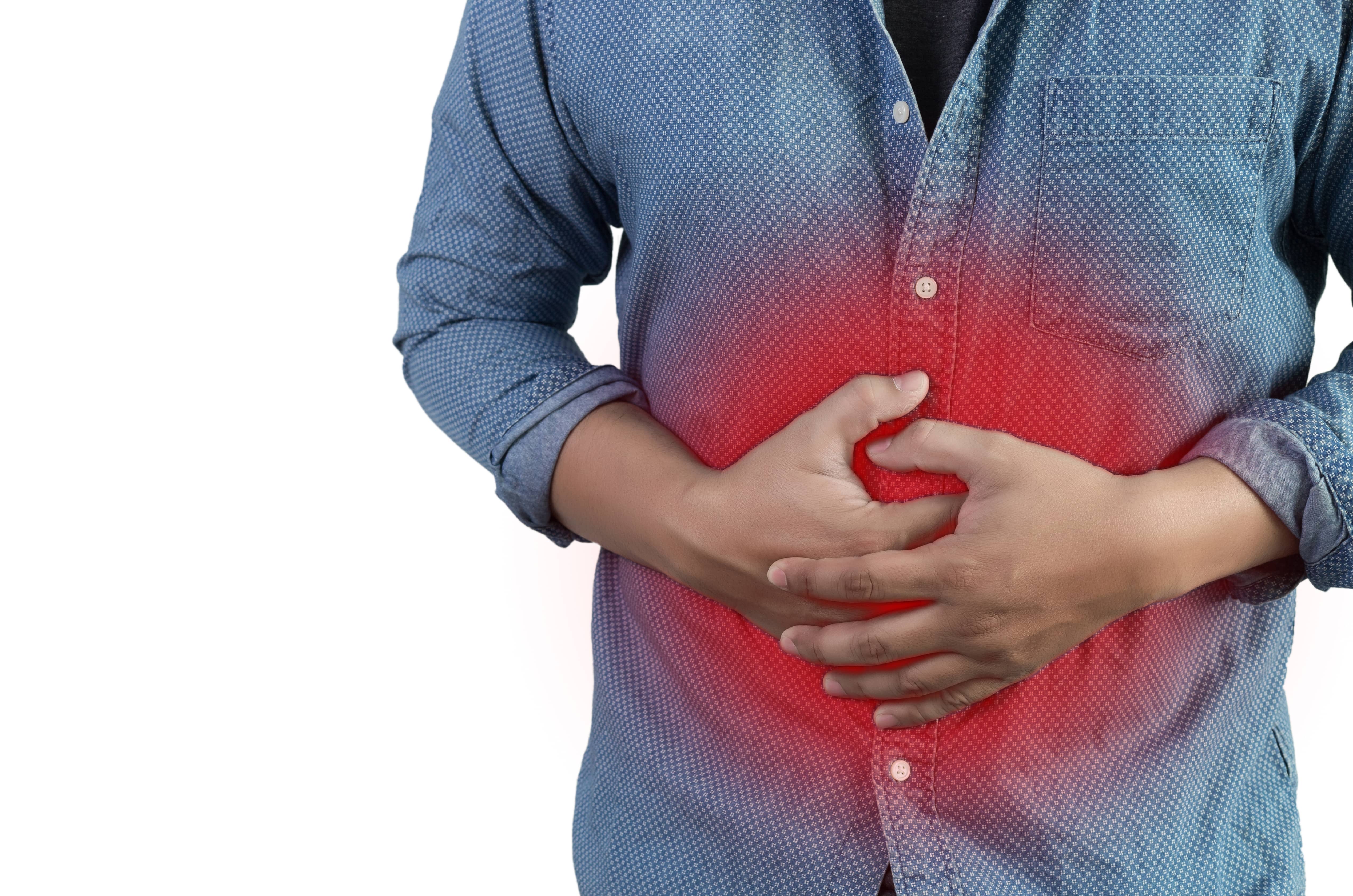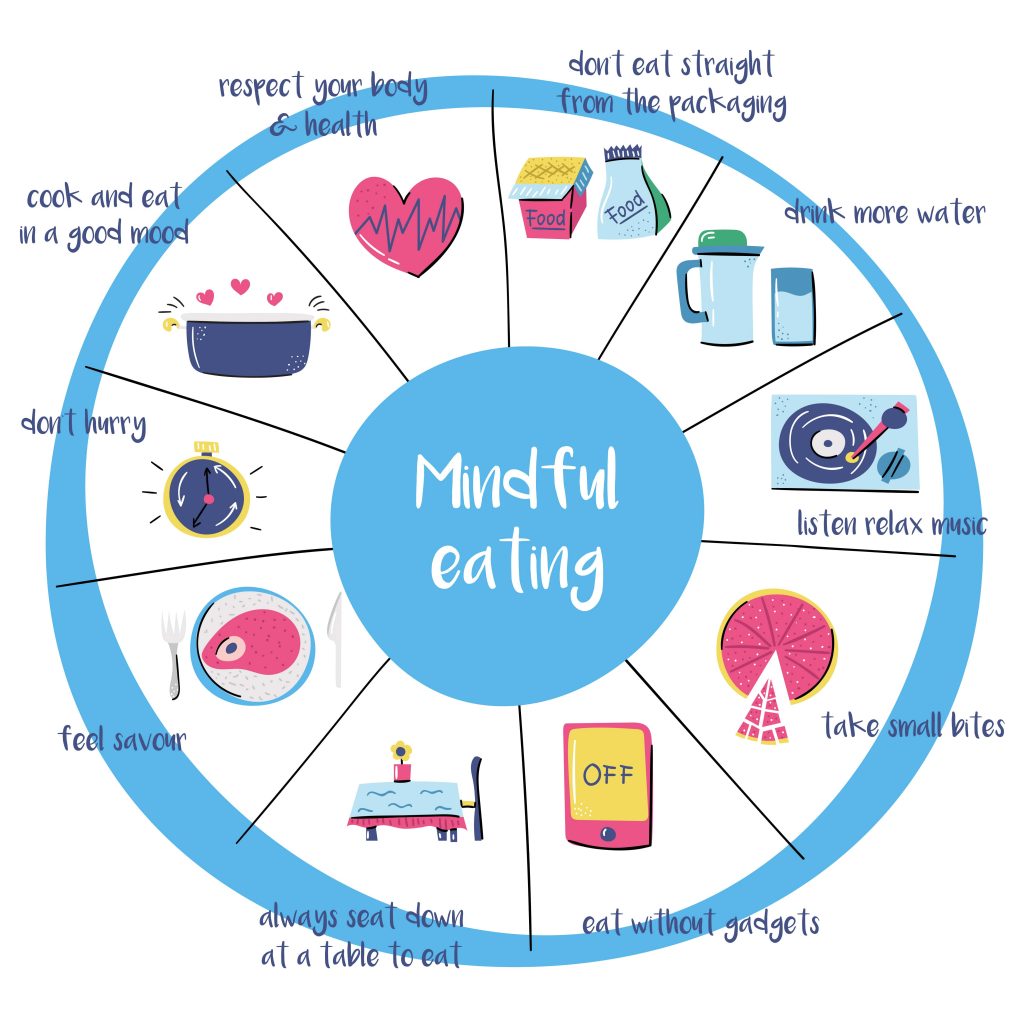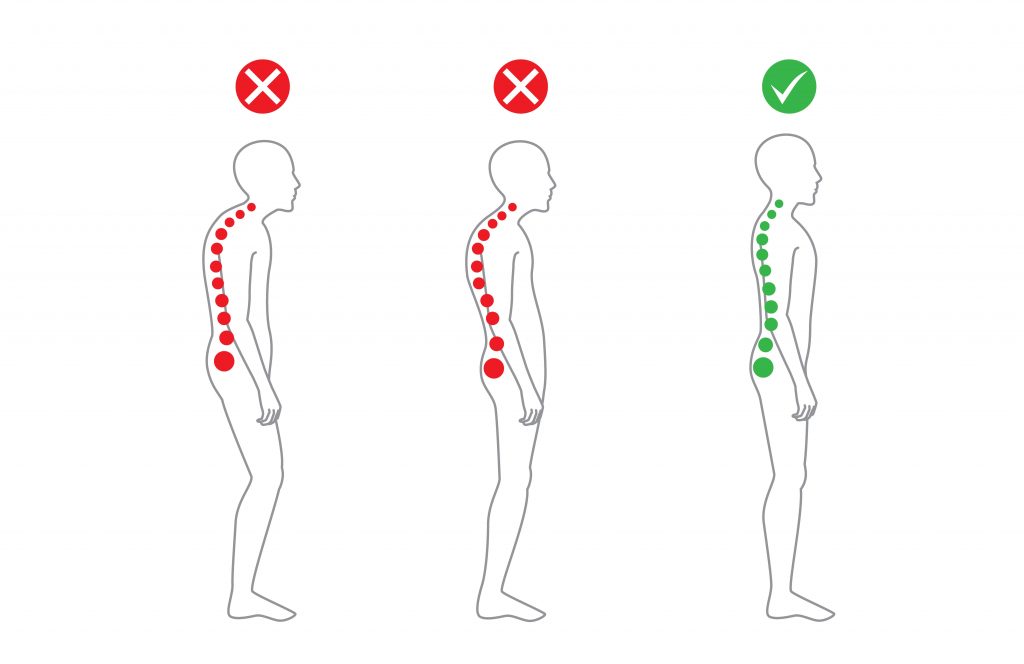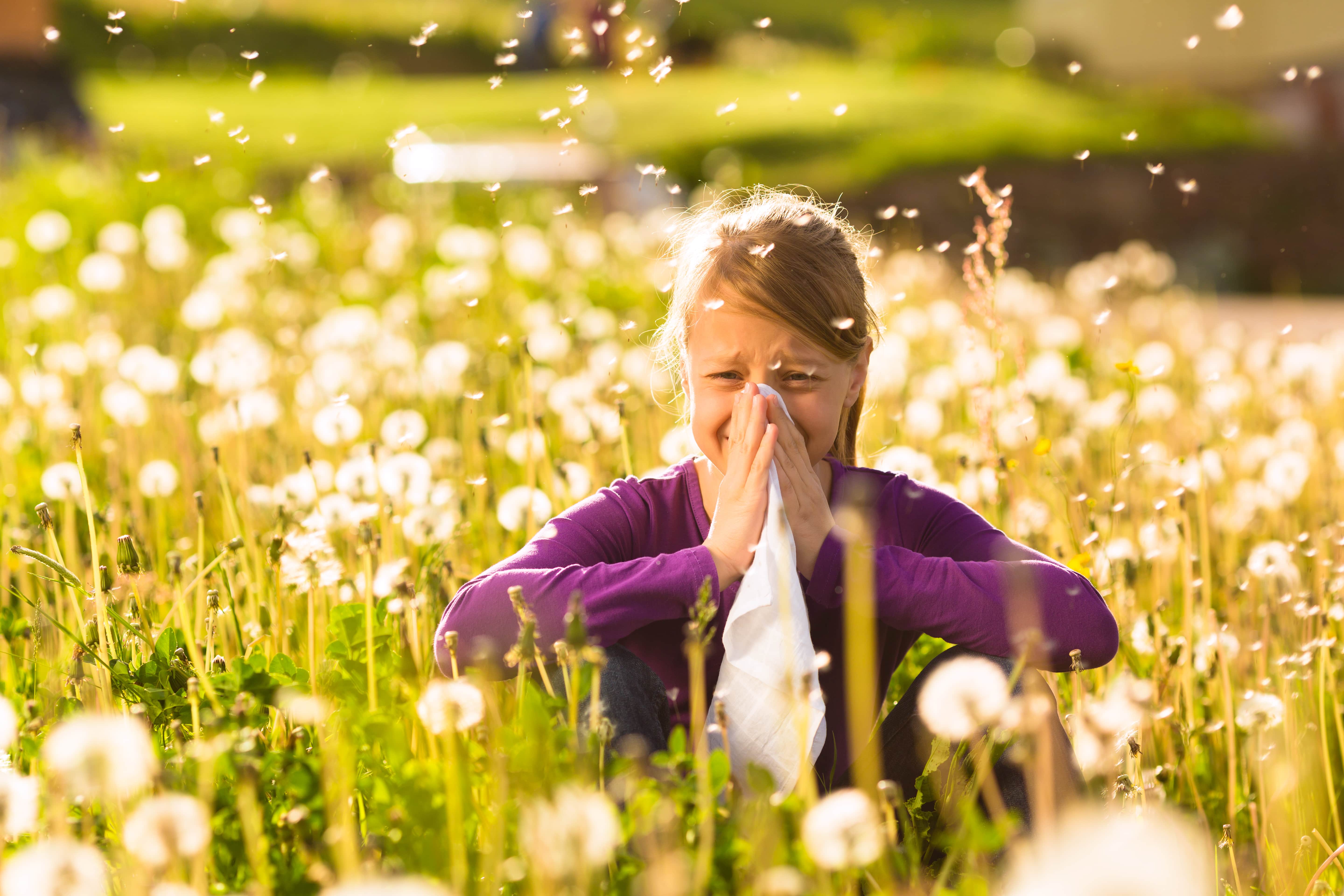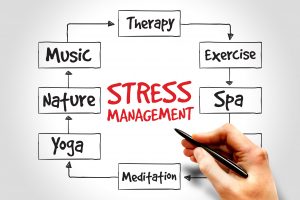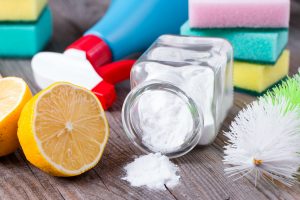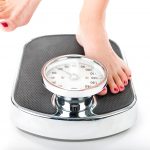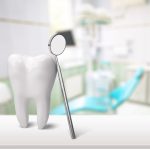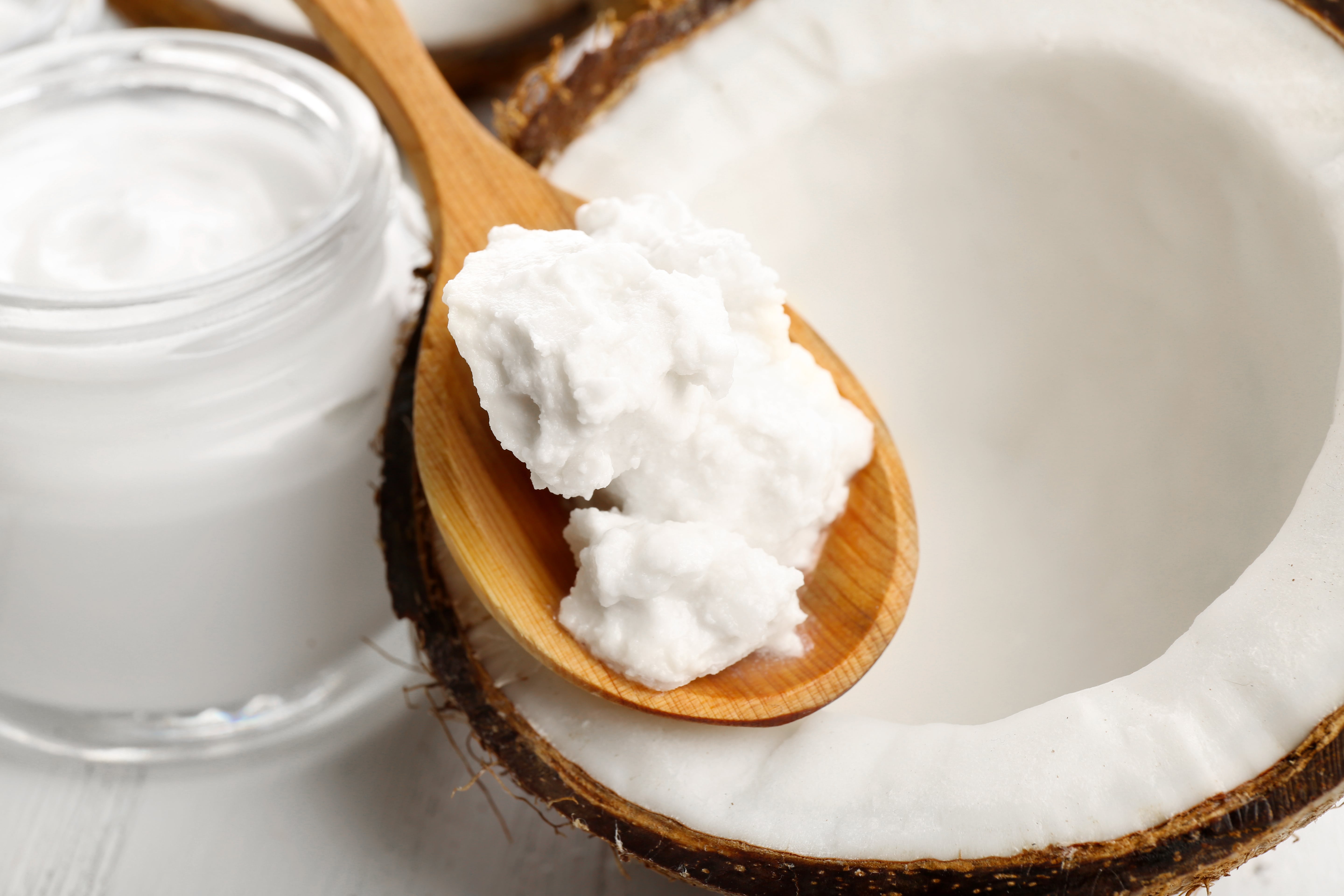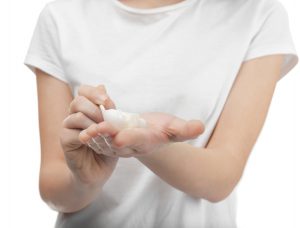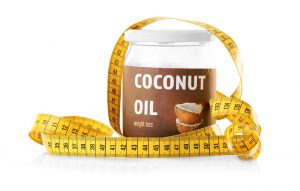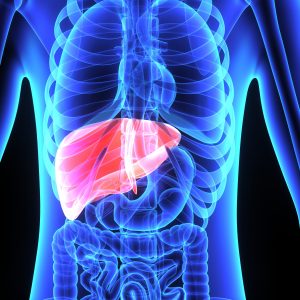Yes, Keto is exciting but could be confusing for some people which is why I thought a Keto for Dummies Guide would be something useful. Maybe it sparked your interest because you’ve seen celebrities shedding fat and hailing the ketogenic diet as their secret weapon (not sure how it can be a secret when they post it to their followers on Instagram …)
But have you heard of the stay at home mom who:
- Now has energy for her kids
- Feels like her brain is on fire (in a good way)
- Less cranky
- Sleeps better
- Better cholesterol
- Joints don’t ache anymore when she wakes up or during the day
Probably not.
Attention Seeker
Mainstream media needs to grab your attention. So, you’re less likely to hear about that dad in Beverley Hills. The one who doesn’t sleep his afternoon away on his favourite chair. Waking up with fruit-loops on his body as a form of art canvas for the kids while he sleeps. Now having time to be a dad and a husband again!
Regardless of where you heard it, you’re probably asking yourself, “what is a ketone and the ketogenic diet?” and why should I care about yet another “fad” diet?
First let me ask you this. If something has been around for 500+ years, does it still qualify as a fad?

Let’s start with a simple question: “What is a ketogenic diet”? (aka a very low-carb1 eating lifestyle) If you’ve seen my other articles, I have explained that our bodies can run on two types of energy. The most common is from carbs. Many of which are broken down into (or start off as) simple sugars.
Our bodies cannot use these simple sugars for energy unless they are combined with insulin that a healthy pancreas makes on demand. Once the insulin grabs the sugar it is given to our cells and we have energy.
The second way our bodies can be fueled is by the breakdown of fat (from our food or from our body) into ketones. Ketones fuel our cells without needing an escort (insulin).
Our body can only do one of the above at a time.
So, if you have a certain threshold of sugar in your system (and thus insulin), your body will not run on ketones.
By eating a low-enough-carb diet, your body will switch to fat burning and create ketones. This is not as easy as it sounds! If it were, I think the fast food industry would be very different. In addition, all that junk food on grocery store shelves full of sugar would sit there and rot. Just kidding. That stuff can’t rot, it’s not real food!
Click here to read Are You Eating Junk Food Without Realizing It?

Still Wondering Why You Should Care About a Keto For Dummies Guide?
The properties of ketones have been studied for over 100 years by scientists and doctors. They and are well known for the treatment of epilepsy.
But the more scientist and doctors understand about the power of ketones, the more intrigued they become at how:
- A ketogenic diet
- A low-carb diet
- A whole food diet or exogenous ketones
Affect all aspects of health.
Click here for, Keto Brownies recipe .
All diseases have one thing in common. Inflammation. Simple sugars are recognized as inflammatory. It’s breakdown into energy creates waste products that the body needs to get rid of. Too much simple sugar equals too much waste products for the body to get rid of. This leads to inflammation.
On the flipside, ketones reduce inflammation. So, this alone should compel you to want to know more.
Further, excess sugar leads to insulin resistance or prediabetes and of course type 2 diabetes. Also, now scientists and doctors have coined the term type 3 diabetes to refer to the damage that sugar is causing in the brain. Potentially causing diseases like:
- Alzheimer’s
- Dementia
- Mental illness
Click here to read, ” Diabetes – The Hidden Cause Of Alzheimer’s?”
Keto Fast
As part of my Keto For Dummies guide am I telling you to ditch the carbs & go dive into the keto diet head first? If you think you can handle it, sure! (but please don’t do dirty keto). But seriously as you’ve read from me before, there are ways to get ketones into your body without becoming a keto diet warrior.
Click here to read, This One Thing Has Been Linked To Almost All Diseases .
Every major religion has a fasting regime. It would appear that every religion’s god 3 (or the one single god that allowed all the different religions) knew that our bodies needed some time away from digestion. Time to internally ‘clean up’ and perhaps even shed some of those religious holiday pounds.
During times of fasting, our blood sugar drops. Our bodies naturally switch to burning fat and creating ketones (length of fast determines the extent to which our bodies use ketones of course).
If every major religion knew before science did that ketones were good for you, then perhaps you shouldn’t dismiss the idea of reducing your carbs and trying to skip breakfast once in a while (aka intermittent fasting). Who knows? Maybe you will be writing the next ketone article (instead of me) because you have seen the light!
Final Thoughts
I know this is just a quick intro to the world of keto and low-carb. I had so much more I could have put in, but it would have gotten a bit scientific and long. EVEN MORE BORING to some of you!
So as always, if you want more info – check out the other articles or contact me.
References For This Keto For Dummies Guide:
1. WHAT IS LOW-CARB
https://www.dietdoctor.com/low-carb
2. THERAPEUTIC USES OF A VERY-LOW-CARBOHYDRATE DIET
https://www.nature.com/articles/ejcn2013116
3. FASTING
https://en.wikipedia.org/wiki/Fasting
OTHER LINKS OF INTEREST
Diabetes and dementia – is there a connection?
Alzheimer’s Disease Is Type 3 Diabetes–Evidence Reviewed
He has been a publisher for many years and enjoys the challenge of taking the traditional book industry into the digital age. With the internationally bestselling books of David W. Barber as his publishing company’s cornerstone, they are always looking for passionate authors in any genre who feel their work is worth putting into international distribution.
——————————————
He is also a computer consultant focusing on small business, with a specialty in fashion companies.
And Lastly, he is a believer in the ketogenic diet and a distributor of KETO//OS, an exogenous ketone supplement. Ketones are the body’s 4th element after carbohydrates, fat and protein. They have incredible healing effects on the body and now you can take them exogenously instead of waiting for your body to generate them.
Check it out for yourself: www.ketojack.com


